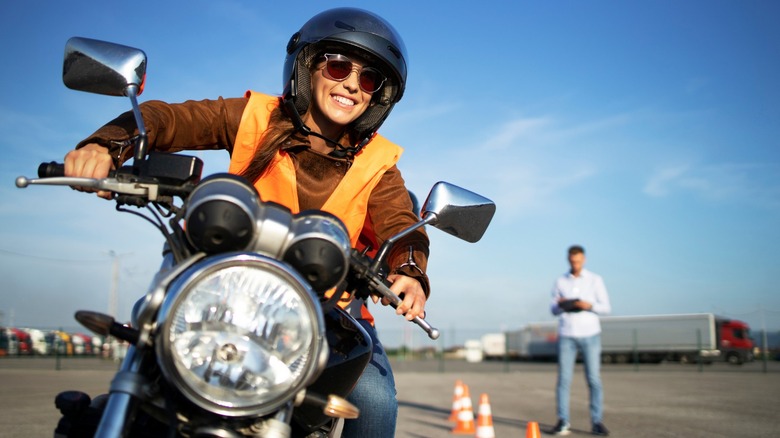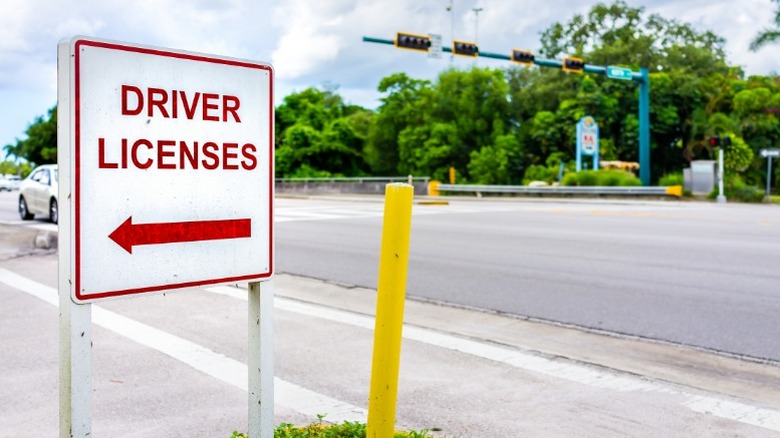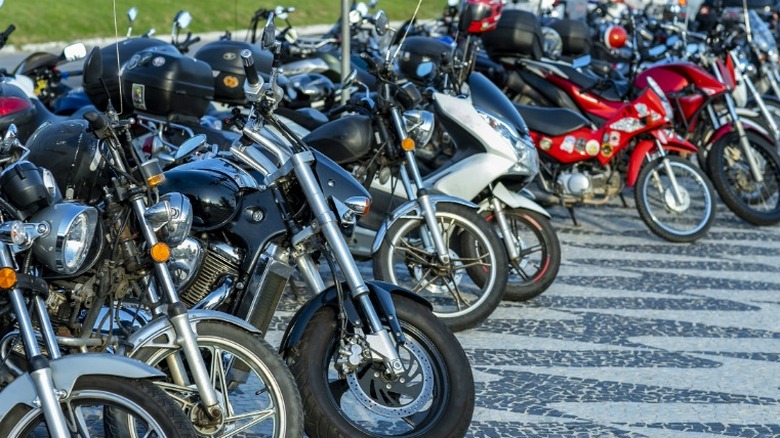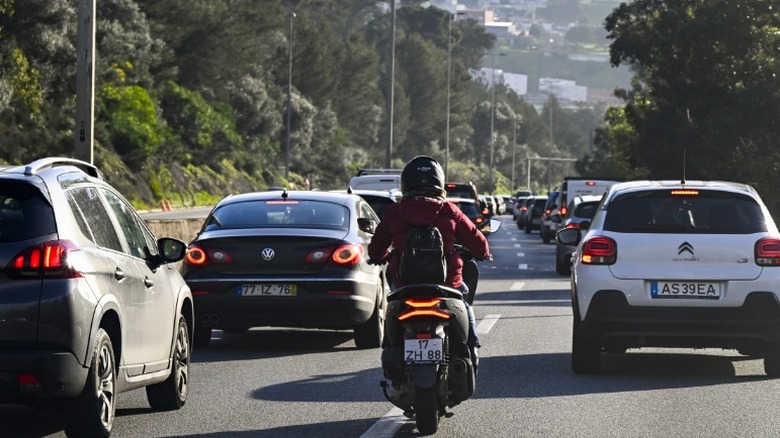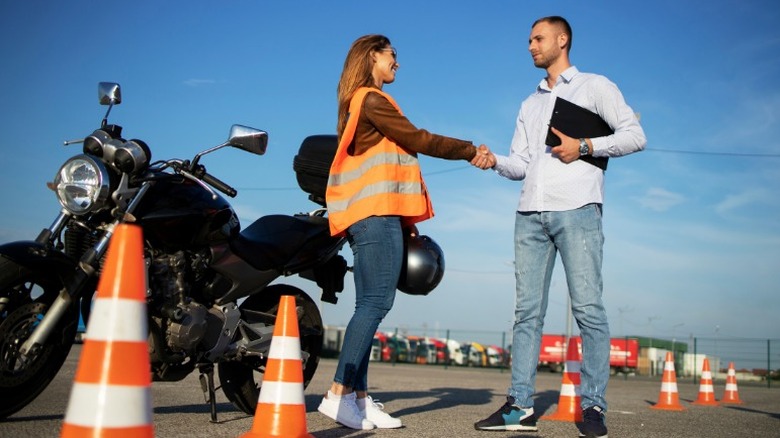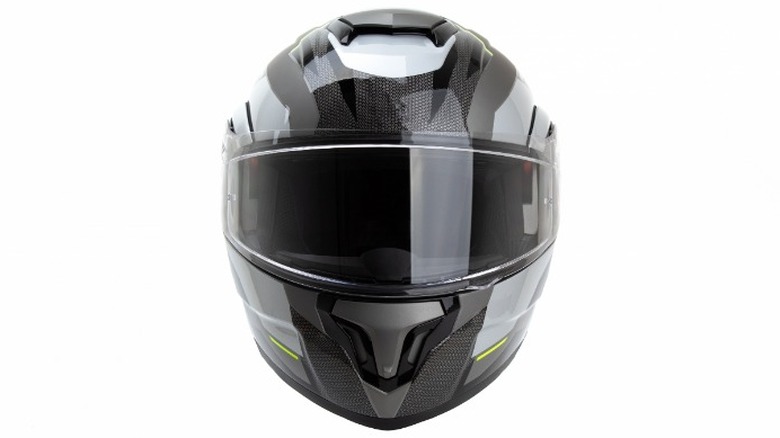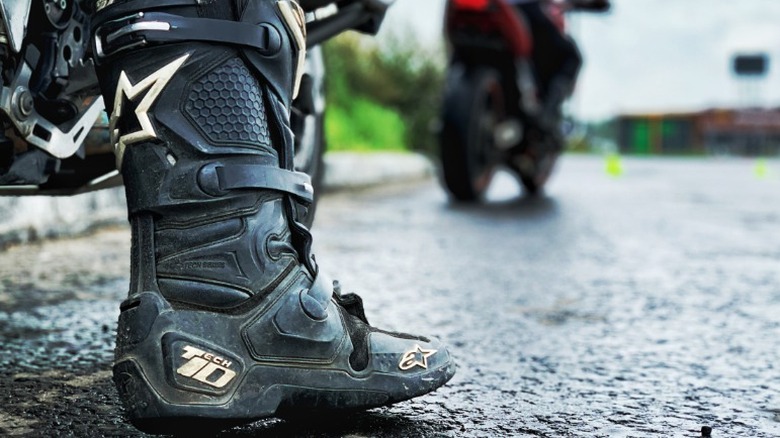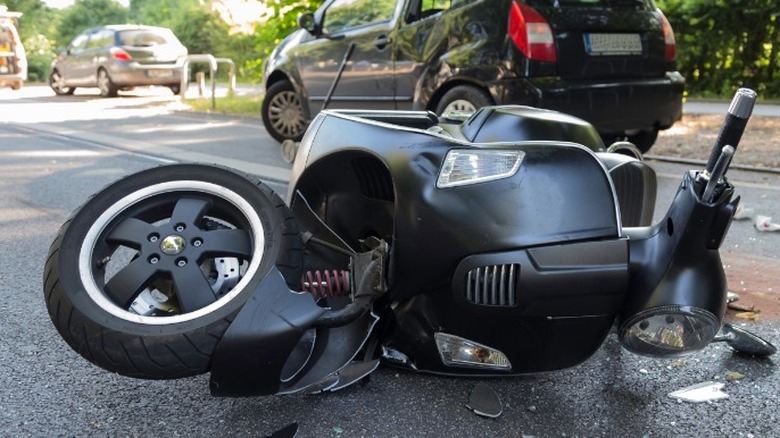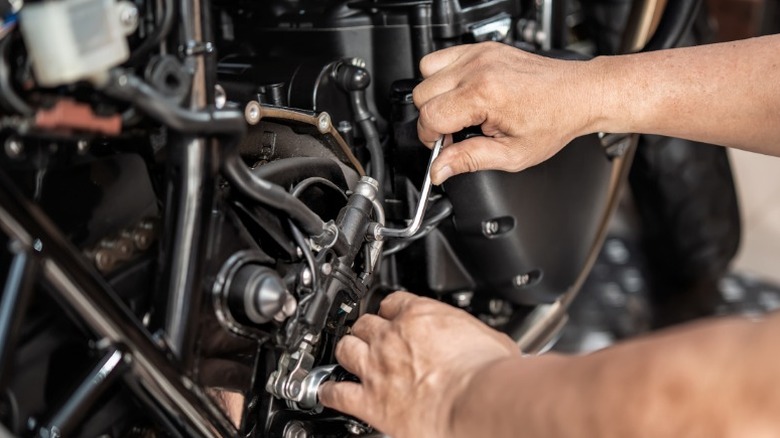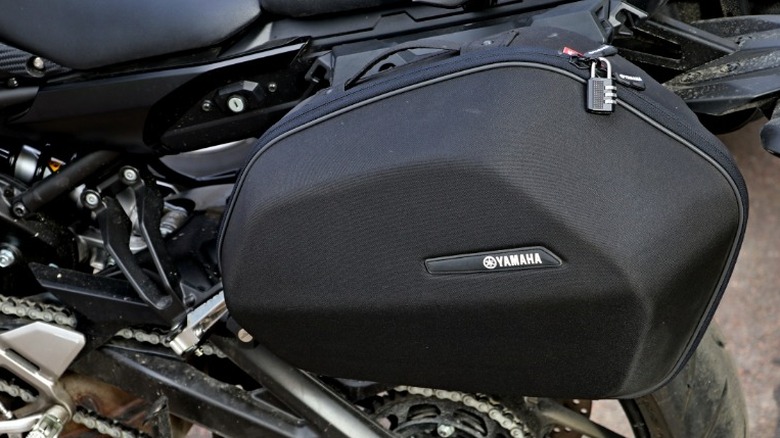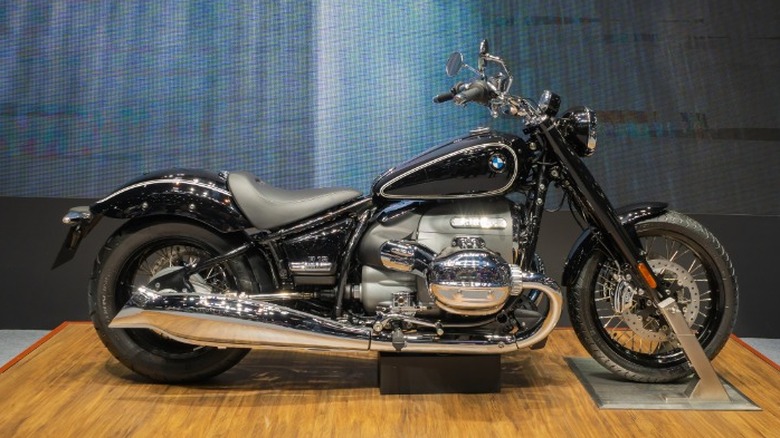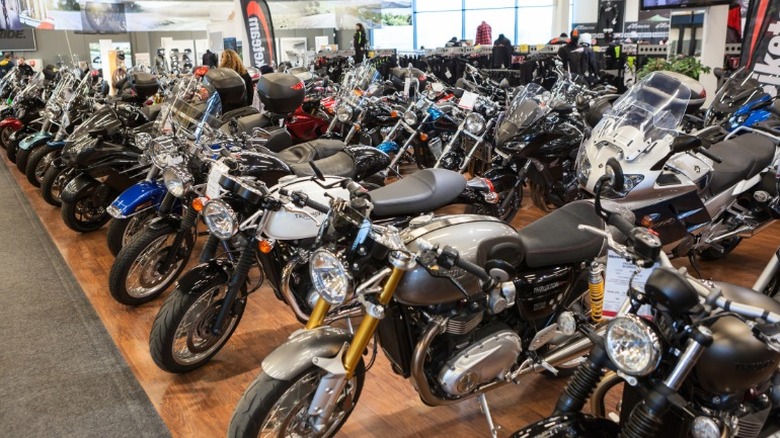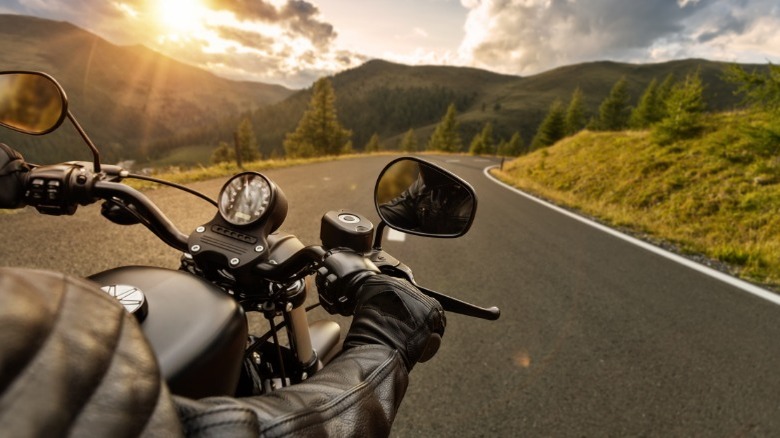12 Important Tips Every New Motorcycle Rider Should Know
Riding a motorcycle is, for many, an exhilarating experience as well as a fun form of transportation. They are also economical modes of transport that, besides low fuel costs, make navigating through traffic and parking easier, too. Furthermore, motorcycles have long been a symbol of freedom taken up by those with an independent spirit and who embrace a bit of danger in exchange for a detachment from traffic. Riding a motorcycle brings about a completely different experience to being on the road with a perspective that cannot be discovered any other way.
As people have distinct tastes, wants, and needs, a single motorcycle will not be able to please everyone. Fortunately, manufacturers produce myriad models, giving us options for riding on dirt or street as well as city riding or out on the open highway. Still, all of us have to start somewhere, and if you think buying a bike is something you want in your future, it is important to be armed with the right information before jumping into it. There are many considerations as to what will suit your needs, and you have to remember you are embarking on a journey that presents significant safety risks.
Mitigating hazards on the street should be your number one priority before buying your first motorcycle. So, if you have been thinking about your first machine, keep reading because here are 12 important tips you should know as a new rider.
Licensing requirements
Motor vehicles have various licensing requirements depending on what type of vehicle it is. Motorcycles are no different, but the rules about licensing vary from state to state (or country to country). Most, if not all, have testing protocols that go further than the standard driver's test. Furthermore, motorcycles fall into different classes of motorized vehicles with differing requirements to differentiate between a moped, scooter, or superbike.
In some states, a moped or scooter must adhere to the same rules as any motorcycle. In others, you may only need a regular driver's license, while in at least 6, including Colorado, Arkansas, and Virginia, full licensing requirements were removed as of 2022. For everything else, you will need to either get a motorcycle operator's license or an endorsement on your current license. This generally consists of a written test, which may enable you to receive a limited permit, followed by a riding test. For the riding test, you will need to demonstrate riding abilities by following instructions called out to you in an earpiece by someone behind you. Also, most states waive the road test with successful completion of the Motorcycle Safety Foundation (MSF) Basic RiderCourse.
It is incumbent on you to know all the rules of the road and to have your own licensing requirements met before hitting the streets. Make sure you are aware of everything and get your license or permit before buying a bike — it could save you money on costly fines.
Get the right bike for you
Motorcycles are alluring machines to many people, and the idea of hitting the road on one can evoke a sense of freedom and independence. However, make sure you keep your dreams grounded by not going too big or too fast too soon — a common mistake for rookies.
The truth is that many, if not most, modern motorcycles produce way more power than we need at any given time. This is especially true of superbikes. Even 600cc superbikes like the Yamaha YZF-R6, which are at the small end of the spectrum, can accelerate blindingly fast before you know it. Additionally, popular cruisers of the classic American V-twin variety can get extraordinarily heavy. Novice riders, especially if they have a smaller frame, can have difficulty managing the weight of cruisers at a standstill and low speed. Furthermore, even if you can hold it upright and maneuver with it, could you push it off a highway if it suddenly stops working?
When shopping for something, consider your experience and buy accordingly. Sportbikes and cruisers of under 500cc are plentiful and modestly powered, and you can quickly acclimate to them. YouTube is full of videos of riders crashing brand-new bikes as soon as they leave the dealer — don't be like them.
Another consideration is cost. Only buy a bike if you are 100% certain you will ride it and make the most of it. Do not overspend on a new bike and get stuck with payments you cannot afford for a motorcycle you don't want to ride. Be modest and ease your way into it.
Anticipate other drivers
There is an adage about riding on the streets that goes something like, "Ride like everyone is going to hit you." It can be interpreted a couple of ways, but sage advice can come from the right perspective.
Some think it is bad advice as riders who are always in a heightened state of anxiety over traffic will make poor decisions. That is the wrong lesson to take from it. The proper lesson is to ride defensively, knowing that at any time someone could hit you due to poor driving skills, inattentive driving, distracted driving, and even due to sudden health emergencies.
The idea of staying safe on the road is to anticipate the actions of everyone you see. Watch with great focus on all other traffic and never become complacent while on your bike because you should not put the onus of your own safety on other drivers. That is your number one job while riding. If you drive as if all others could hit you at any time and attempt to divine their actions before they know what they will do, you can always have a plan to divert your path and avoid painful tragedy.
In short, always be aware of everything around you. Take safety seriously, don't ever ride under the influence, prepare for weather conditions, and you will most likely ride your way into old age unscathed.
Take a safety course
The RiderCourse from the MSF cannot be recommended to new riders enough. Some riders may have been lucky enough to learn to ride on 50cc dirt bikes with training wheels in country fields and grow up with a sort of innate ability for riding — but the numbers of such lucky kids are few. While riding smaller dirt bikes does prepare riders for moving up to larger street bikes and is a common bridge from youth to adult riding, most riders never had such chances or grew up with little exposure to motorcycles. Of course, with the independence of adulthood comes opportunities for new experiences.
Entering into a new experience with all the tools necessary to be successful will ensure it is a good experience and not one of tragedy. The MSF came about due to the need for enhanced motorcycle safety following the boom in motorcycle sales in the '60s, particularly because of the popularity of imported Japanese bikes that were smaller and more user-friendly. The RiderCourse, which consists of five hours of classroom instruction and 10 hours on a bike provided by the MSF, was first implemented in 1974 and has become the curriculum used by all branches of the U.S. military and 45 states for rider safety education.
The biggest benefit of the course is the education and experience it gives you to be a safe rider, but the second best benefit is that most states waive the riding portion of the licensing test if you have completed the RiderCourse. Cost ranges from $100 to $300 — and is worth every cent.
Buy a good helmet
Choosing the right helmet is an important decision for all new riders. Not only does a helmet provide crucial protection for the rider, but it also offers an expression of style as they come in a wide variety of styles, shapes, and colors, often with patterns or graphics. Helmets also come in various designs adapted to different purposes and levels of protection. For example, the needs of a moped rider vary wildly from that of a superbike owner who enjoys weekend track days.
To find the right helmet, consider what and how you will be riding. While full-face helmets provide the most protection for all riders, half-shell and open-face helmets are available. The half-shell and open-face models offer less overall protection but are less restrictive and often more comfortable for warm-weather riding. Any of them will protect the skull from injury, but the full-face model is the best protection against facial injuries. A modular helmet is a good compromise because it is a full-face helmet but allows the rider to flip it up to get more wind exposure.
It is important to remember that with helmets, being more expensive generally translates to better quality and a higher protection level, and you should only buy those with official safety ratings. These are DOT in the U.S. and ECE22.05 in the E.U. Some models will feature Snell certification, which is said to be the most stringent and is certified by a non-profit motorcycle safety organization.
Most of all, do not skip a helmet purchase — ever. It can literally be the difference between living and dying.
Wear good shoes
You never know what may happen on the road, whether you make a mistake or someone else does. Most experienced riders know how important it is to protect your feet, and shifting gears can make any situation less problematic. However, the ease of use on automatic transmission scooters and the broad footboard where you rest your feet can lead to complacency over foot protection.
For ultimate protection, riding boots are available that are built with specifications directly related to motorcycle riding. They usually have a thick lining, sometimes with kevlar reinforcement, that shields the calves and ankles from exhaust heat as well as road debris. The toes may also be reinforced to protect against contact with the road and to withstand constant contact with the shift lever.
Even if you do not splurge for specific boots, you still need to recognize the importance of wearing sturdy shoes with ample material to cover your feet and ankles. Under no circumstances should you ever venture out wearing flip-flops or sandals, which leave your feet vulnerable to painful road rash and bone fractures. Even flimsy canvas shoes are problematic. Whether you end up buying shoes made for riding or not, check what you are wearing before you get on your motorcycle and ask yourself how you think they will hold up to street contact at 50 mph.
Insurance costs
One of the advantages motorcycles have over their four-wheeled cousins is the low cost of insurance. Since motorcycles are usually driven much less than cars and are mostly far less expensive, the overall cost of claims is much lower for insurance companies. However, don't head to a dealership and sign a loan agreement before researching how much the insurance will actually cost for you, as location, personal details, and driving history will have a dramatic impact on the overall cost.
The average cost of insurance in the U.S. is $519 annually. California has the highest and North Dakota has the lowest cost per year. The cheapest rates are available to owners of a moped or 50cc scooter. The average liability policy runs about $100 per year, making a used scooter a highly economical option. Even a Suzuki Burgman with the 650cc twin-cylinder engine, a potent machine, may only cost you about $350 per year for coverage. Other used motorcycles will be comparable to this figure and full coverage is only marginally more expensive, although the most expensive models from Indian, for example, are likely much higher.
With few exceptions, you will need insurance, so please do not start riding without it. Also, most companies offer a discount –- GEICO offers 10% off -– if you have completed the MSF RiderCourse, giving you another incentive to take it.
Maintenance schedules
You may know all about having your car's oil changed regularly and how important that is. Motorcycles are no different. The best recommendation is what the manufacturer recommends, but for a more general overview, there are some rules of thumb to go by. On bikes with smaller engines like scooters and commuter bikes, 1,000 miles is the recommendation as they hold less than a liter in total and usually have no filter. Larger bikes do have filters and are generally recommended for every 2,000 miles with conventional oil, but with a synthetic blend, manufacturers' intervals may stretch up to 10,000-mile intervals.
Oil is but one thing to keep up with. Well-maintained tires and brakes are paramount to safe operating conditions and must be checked regularly. Make sure tire pressure is correct as having one with improper pressure can drastically affect handling, leading to a nasty spill. Most motorcycles have a clutch that will wear out over time but should last 60,000 miles or more, although they can be destroyed quickly if you abuse them. Excessive burnouts and launches contribute to this.
The best advice for maintenance is to follow the manufacturers' recommendations and have it serviced at a reputable shop regularly if you are without the necessary skills to do it yourself. Furthermore, this is but a sampling of everything that needs attention. Most importantly, beware that deferred maintenance can lead to a broken bike — along with broken bones — when you least expect it.
Accessories
When you are buying a motorcycle from a dealer, beware of good sales staff because they can have you emptying your wallet on accessories to go with your new bike in a hurry. This is not a warning we give because there is anything inherently bad about buying accessories — we merely caution you because there are so many cool, new, and shiny toys you can get to go with your new machine. Phone holders, Bluetooth adapters, rider communication systems, luggage boxes, and extra shiny chrome bits are but a few examples.
For modern riders, the phone mount is probably the first thing to get. After that, your priorities will dictate what is best for you. Some things to consider are integrated storage solutions such as a top box or saddle bags, a helmet-mounted camera, an anti-theft chain or cable, or a handlebar-mounted GPS. Decorative accessories are big sellers, especially for cruisers, and add-ons like crash bars, additional lighting, and even custom graphics are all options.
Once your new ride is decked out, you can adorn yourself with riding jackets, gloves, pants, and shoes. New shatterproof sunglasses are in order as well. The best thing about accessories? You can always get more.
Seat height
This issue is often overlooked and generally does not pertain to anyone taller than about five feet nine inches. However, for those of shorter stature, being able to sit on a bike with feet flat on the ground is a serious issue. If your ride only allows you to use your tip-toes when stopped, it can lead to some embarrassing and possibly painful falls. For those closer to five feet, you may find that few motorcycles or scooters are going to be comfortable.
You will find that motorcycles with a seat height of fewer than 30 inches are almost all cruiser bikes, but depending on your size, anything taller may not work. Most other bikes will be taller, but many adventure, sport, and touring models only exceed the 30-inch mark by a couple of inches. Even some 125cc to 150cc scooters will disappoint soon-to-be riders when they sit on one and try it out for size.
The Motorcycle Legal Foundation recommends a way to figure out your ideal seat height by taking a measurement from the floor to the top of a book placed between your legs with the spine outfacing. Multiply that figure by 0.883, subtracting an eighth inch. The result will be your ideal seat height.
New versus used
If you can afford a new bike, there still may be reasons to avoid one. There are pros and cons to used or new, and many of them correlate to those that apply to automobiles. However, motorcycles come with other unique qualities to consider.
New motorcycles come with many benefits. They are likely to run trouble-free and if problems develop, a warranty should get them sorted for the first couple of years. Financing is available from a dealer, often with competitive rates and convenient processes. Also, accessories can usually be included in the loan up to a certain dollar amount. Used bikes benefit from having already depreciated and early service issues are often already sorted. When buying from a dealer, financing a used model is still an option, although usually limited to recent model years.
A big factor to consider is how much you expect to ride and how long you plan to own the bike. If just for a short time, such as while attending college, you may want to go for an older and cheaper bike that can be sold when you move back. Buying a brand-new bike and overfinancing it with accessories can leave you with a debt you cannot pay off because of depreciation when the time to sell arrives. Also for a first-time rider, buying a smaller used bike to gain experience is a good idea to learn and later buy whatever your dream bike may be. As long as you do your research and choose wisely, you can have a great experience with your first motorcycle.
Learn as much as possible about motorcycles
You are likely interested in buying a motorcycle if you are reading this. Finding your potential first bike is exciting and figuring out what you are going to do before heading to the dealer or meeting up with a seller is a very good thing to do. However, before you even make your down payment or set a meeting time, you should get familiar with the machines in general.
It is no secret that motorcycles are vastly different from cars. However, until you have first-hand experience, some concepts are hard to grasp. Knowing how to recognize when your ride has a problem can be key to preventing a major breakdown or even a crash. You should get to know how normally operating brakes are supposed to look and how to spot leaks in the forks, shocks, or transmission. Getting to know how the clutch works and how to spot a slipping clutch can save you from having to immediately send a newly purchased bike to the shop. Knowing good rider etiquette and how to behave in mixed traffic is helpful to avoid potential road rage incidents -– some people seem to have an irrational hatred of motorcycles.
Riding a motorcycle is an experience like no other and the feeling is very addictive. It can be a fun lifelong pursuit as long as it is treated with reverence and respect. So go and learn as much as you can and buy yourself a new bike. Remember to put safety as your number one priority, but most of all, have some fun.
